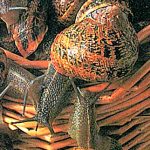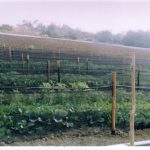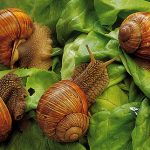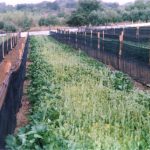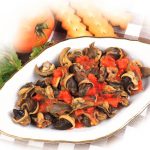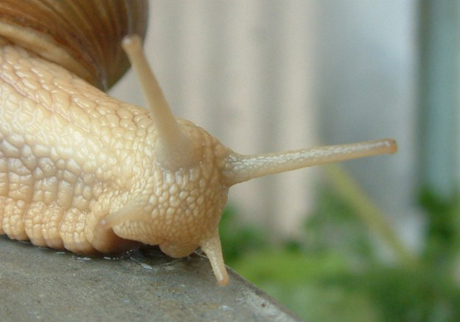
Name
Mountain Snails of Borgo San Dalmazzo
Seal of quality
Typical food-farming product (PAT)
Description
A particular variety of snail known as the Helix Pomatia has evolved in the South-eastern area of Piedmont in certain of the Cuneo valleys that form part of the Maritime Alps. This snail type is known as the Alpine type, and is reared according to a partial biological cycle, in which the snails that are gathered in the summer are fattened in special fenced areas, using medicinal herbs also until the late autumn, which is the period in which the opercular operation is undertaken. The particular nutrition provided giving these snails their unique flavour.
The snail having a meat that is low in fat whilst being fairly high in protein, making it easily digestible by even the most delicate stomachs. In terms of carbohydrate content, it is so low, as to make it a true competitor to fresh water fish, which is probably the most low fat dish of all. Snail meat also contains essential and non-essential amino-acids, as well as precious vitamin C, iron and calcium.
Area of production
Mountain snails are to be found in the Marittime Alps in the area that extends from the Pesio valley to the Maira Valley, and in particular in those valleys that connect Borgo San Dalmazzo, which has since the 16th century been the venue for the famous Fiera Fredda (Cold fair). This area that is influenced by the sea, has a climate that features a high degree of rainfall, that favours the growth of many grass species, including many medicinal herbs on which the snail feeds.
History
The custom of gathering and subsequent fattening is of very ancient origins. While the Benedictine Monks of the Abbey of Borgo San Dalmazzo are said to have initiated the tradition of feeling the snails the aromatic and fragrance herbs of Alpine pastures to increase their flavour. For the mountain folk the sales of snails particularly during the Fiera Fredda, in late Autumn was an important way of enhancing their income. By the early 1900’s snails were enjoyed in local taverns where they were directly roasted over the same stoves which were used for heating, and then extracted from their shells with a nail used to shoe horses.
It was a period in which transportation as by means of carts (“cartun” ) drawn by horses, and the nail was the most easily accessible tool in these circumstances. The existence of this old tradition is still confirmed today by the existence of a recipe known as “ alla cartunera “ which is one of the most traditional snail cooking methods.
